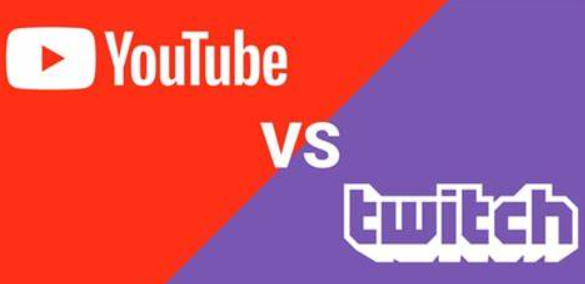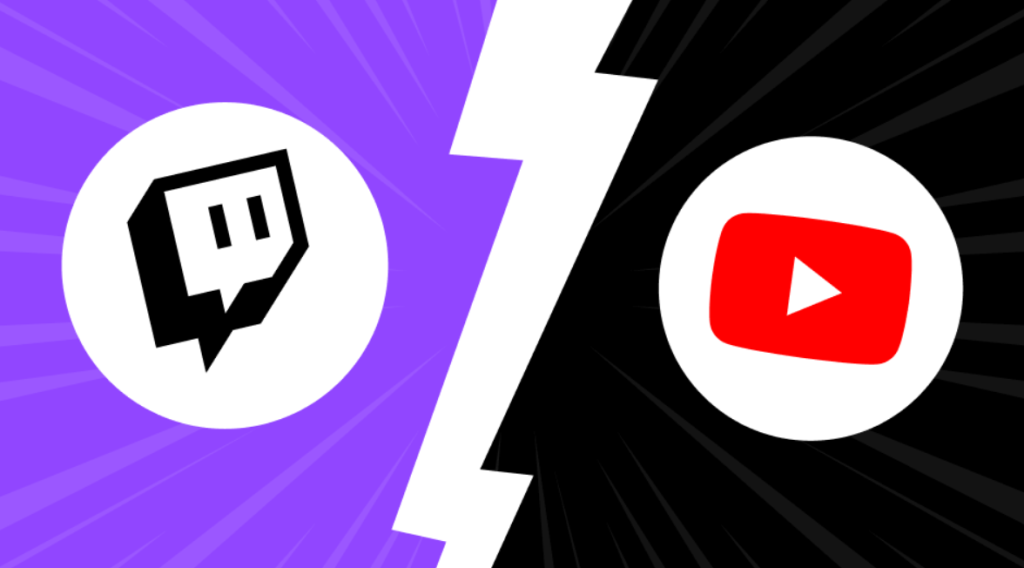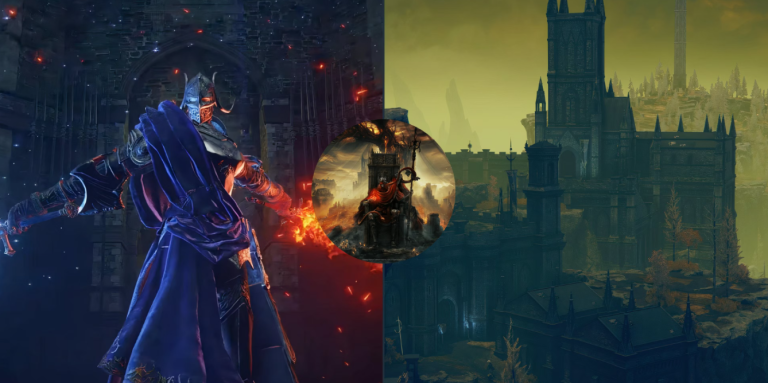
When it comes to esports live streaming, most people’s first thought is Twitch. It’s almost become synonymous with watching games online. But YouTube Live—and a few rising contenders—are quietly fighting for a piece of that digital arena. Which platform truly wins the hearts of esports fans? It’s not just about features or viewer counts. It’s personal.
Take Chris, for example. He’s a die-hard League of Legends fan I met during a trip to New York. He never misses a single LCS match and swears by Twitch. “It’s the chat,” he told me once, eyes glued to the screen as a top-tier jungler pulled off a clean triple kill. “It’s like being in a stadium. You feel the roar of the crowd—but online.” Every time something hype happens, the Twitch chat explodes. Emotes fly, caps lock rage is unleashed, and it all somehow makes you feel like you’re part of the game itself.
But for all its thrills, Twitch isn’t perfect. Chris also grumbles about the constant stream of ads—especially during critical match moments. “Just when I’m about to watch a Baron steal? Boom, unskippable car commercial.” Even with a paid sub, Twitch sometimes buckles under the weight of huge events. Buffering issues? Yeah, been there.
Now Sarah, a Overwatch fan and content creator from LA, has a different perspective. She’s team YouTube all the way. For her, it’s about stability and convenience. “I work full-time. I can’t always catch games live,” she says. YouTube’s replay feature is her go-to. It lets her dive into matches after hours with crisp quality and zero buffering. And the algorithm? “It knows what I want better than I do,” she laughs, pointing to a homepage stacked with recommended matches, highlight reels, and creator breakdowns.
Still, Sarah admits YouTube Live feels… quieter. Less hype, less chatter. “Sometimes I feel like I’m just watching by myself in a silent room,” she says. It’s great for focus, but if you’re looking for that communal esports vibe, it falls a little flat.
Then there’s John, a small-time streamer from London, who recently jumped to Facebook Gaming. “It’s like being in a cozy pub instead of a noisy arena,” he told me. The smaller community means stronger connections—he actually chats with regular viewers like old friends. “It’s more personal here. People say hi by name.” Plus, Facebook’s algorithm has helped his stream grow faster than it ever did on Twitch.
That said, he’s honest: Facebook Gaming doesn’t have the global pull of Twitch or YouTube. Outside North America and a few European countries, traction is still low. Meanwhile, platforms like Trovo are trying to court Gen Z gamers with sleek UI, flashy gift systems, and aggressive creator incentives. But they’re still early-stage, and let’s face it—watching a match on a platform that feels half-built isn’t exactly thrilling.

Another issue fans care about is copyright. Twitch has tighter restrictions but also gets exclusive rights to a lot of major tournaments. YouTube, on the other hand, is looser, allowing tons of fan-made content, clips, and edits—but that same openness can cause videos to vanish without warning when copyright flags get triggered.
At the end of the day, your favorite platform isn’t just about tech specs. It’s about how it feels. Chris loves the energy of Twitch. Sarah values YouTube’s predictability. John found a welcoming niche on Facebook. Each has carved out its corner in the esports universe.
As Chris puts it, “I didn’t just find a stream—I found a community. I have friends in chat I’ve never met, and we still joke like we’ve known each other for years.”
Maybe one day, the ultimate esports platform will exist. One with Twitch’s hype, YouTube’s functionality, Facebook’s intimacy, and Trovo’s innovation. Until then, we each log in to the place that feels most like home.
So whether you’re watching a nail-biting Valorant finals, a chaotic Dota 2 clash, or your favorite creator break down a match frame-by-frame, remember: it’s not just about the stream. It’s about how you experience the game—and who you experience it with.
![]()


